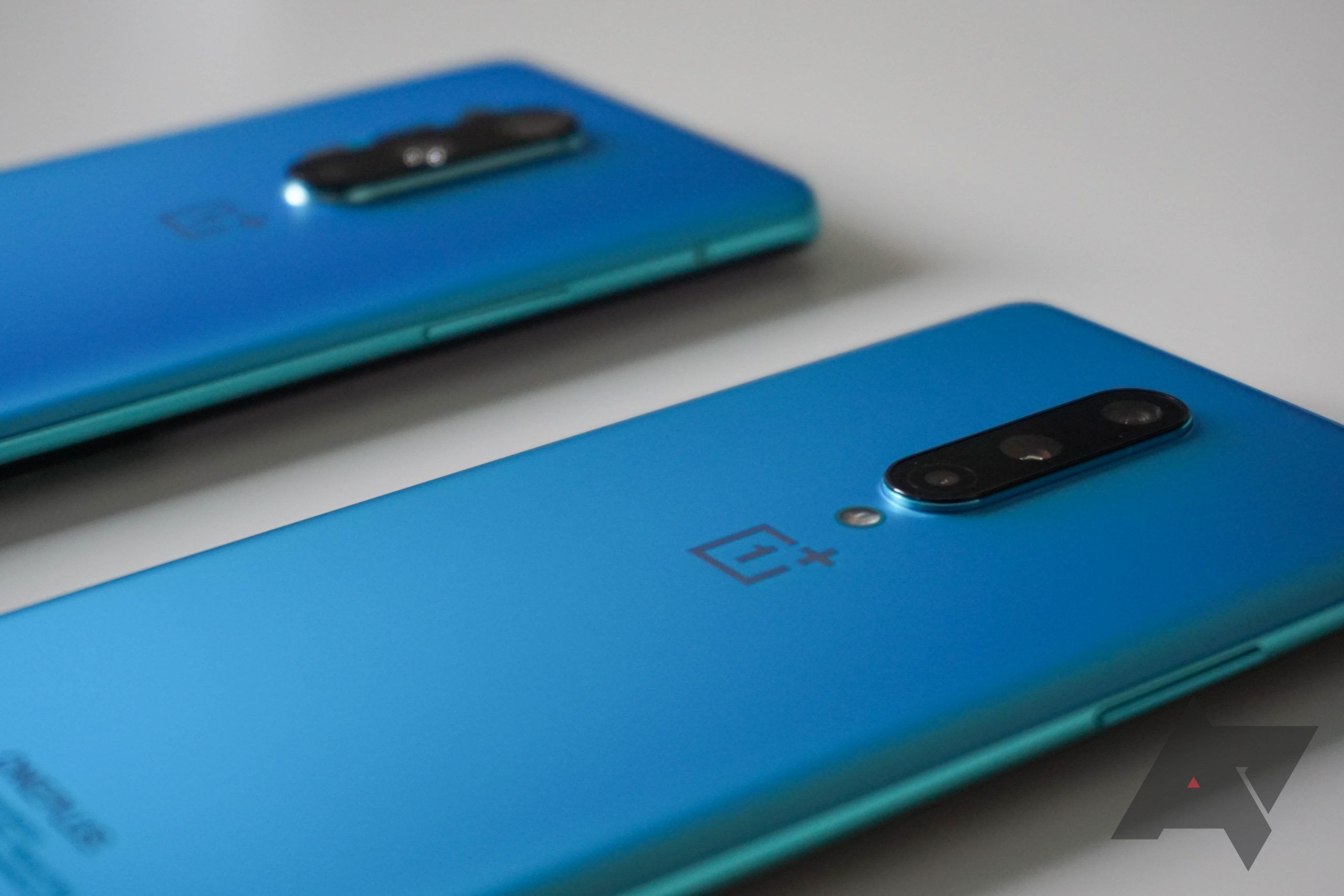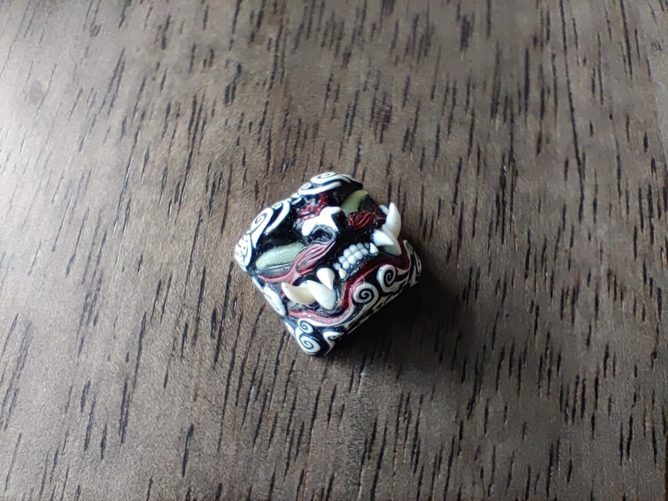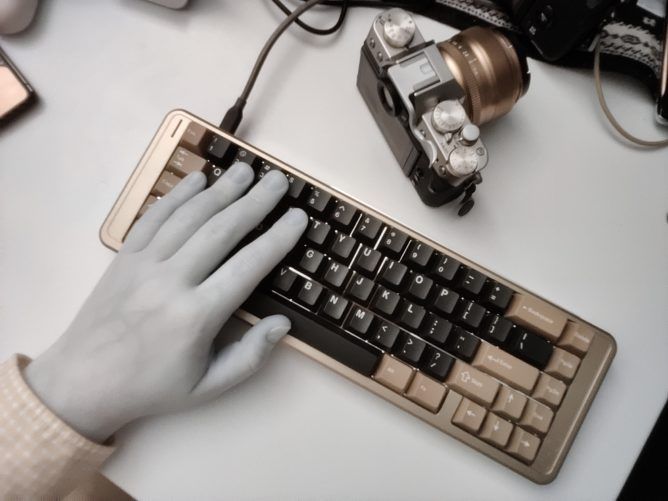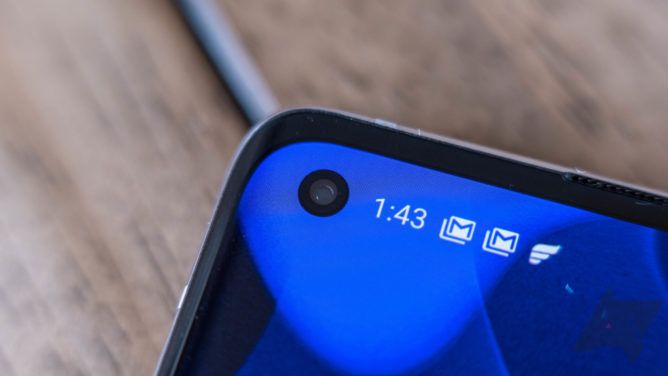Smartphone design is increasingly about cramming in as many cameras as possible—look at Samsung's S20 Ultra strategy. OnePlus got on the multi-camera bandwagon early, and it continues pushing the sensor count to this day. The OnePlus 8 Pro, for example, has four sensors on the back. What do they all do, and how do they compare to the OnePlus 8's measly three modules? We've got all the details.
Primary
Left: OnePlus 8 Pro, Right: OnePlus 8
Both the OnePlus 8 and OnePlus 8 Pro have a 48MP primary camera with optical stabilization, but the sensors are different. The OnePlus 8 has a Sony IMX586, the same component used in the OnePlus 7T. It has 0.8µm pixels and an aperture of f/1.75. You can take photos in 48MP mode, but the default is binned to 12MP for better low-light performance.
The OnePlus 8 Pro has a new Sony IMX689 48MP sensor that's also binned to produce 12MP shots by default. The aperture is similar at f/1.78, but the overall sensor is larger. It's 1/1.43 inches vs. 1/2 inches for the OnePlus 8. That means larger 1.12 µm pixels that can gather more light.
Ultra-wide
Right off the bat, you can tell the OnePlus 8 Pro steps up its ultra-wide game. This phone has a 48MP ultrawide (12MP default mode) versus just 16MP for the cheaper OnePlus 8. The two cameras have the same f/2.2 aperture, but the Pro has an improved 120-degree field-of-view (above). The OnePlus 8 is a bit narrower at 116-degrees. If that sounds familiar, that's because it's (again) the same sensor from the OnePlus 7T.
Telephoto vs. Macro
Here's where things diverge entirely—the OnePlus 8 Pro has the expected telephoto camera on the back, but the OnePlus 8 swaps that for a macro camera. The OnePlus 8 Pro's telephoto module is 8MP with OIS and a 3x zoom factor, that's a lower resolution but higher magnification than the OnePlus 7T. Instead of keeping the 7T sensor on the cheaper OnePlus 8, the company used a 2MP macro sensor with no OIS and an f/2.4 aperture. It's not great (see above). You can still take macro shots with the Pro, but it uses the high-resolution ultra-wide camera for that, and honestly, it gets better results.
Color filter sensor
The OnePlus 8 Pro has a fourth sensor for which there is no analog on the OnePlus 8. At the bottom of the camera array, the 8 Pro features a color filter camera. Currently, it only does the "photochrom" filter, which is at the end of the camera app's filter list. This is a strange thing to include on a phone, and most of the photos don't look great. The photo above is the only one we've managed to take that looks legitimately cool.
Selfie camera
We're not done yet—both phones have a single 16MP selfie camera poking through the screen on the front, and this time they are the same piece of hardware. It's a Sony IMX471 with 1µm pixels and an f/2.45 aperture. There's no optical stabilization, but that shouldn't be a problem for selfies.





